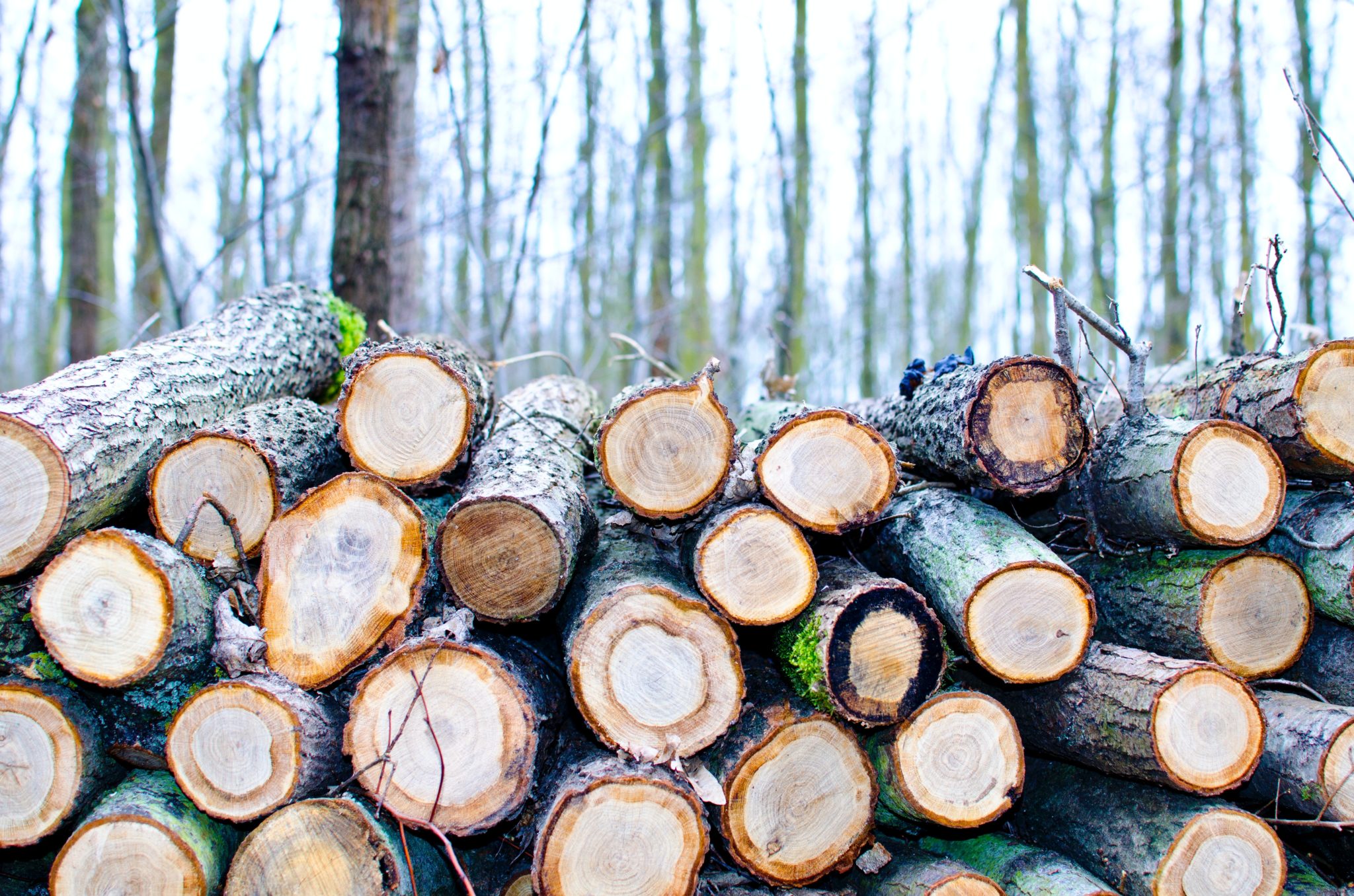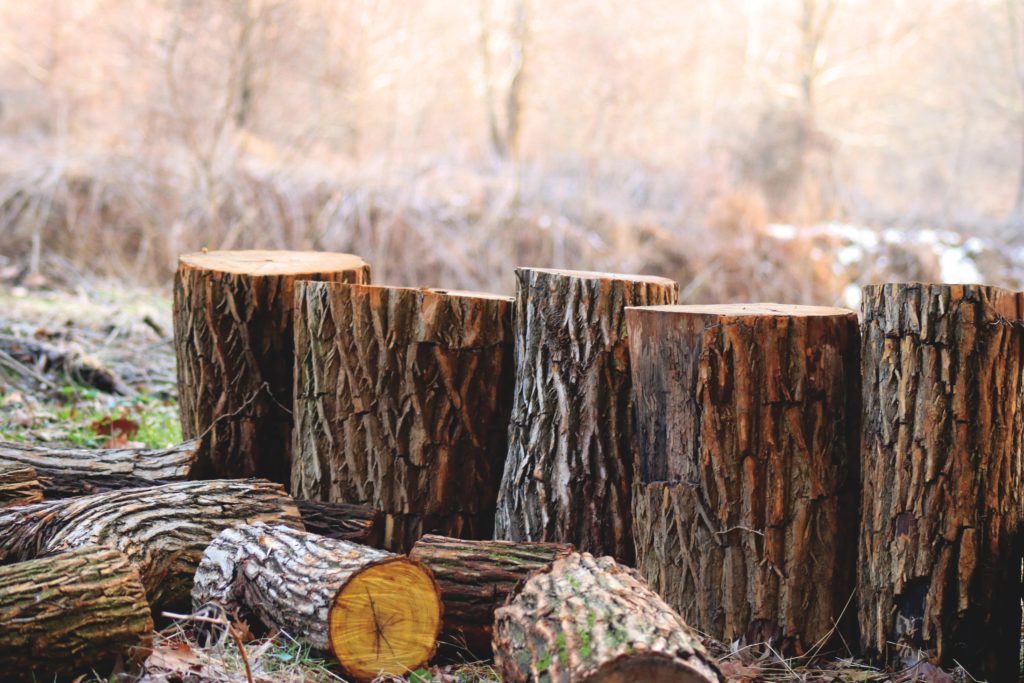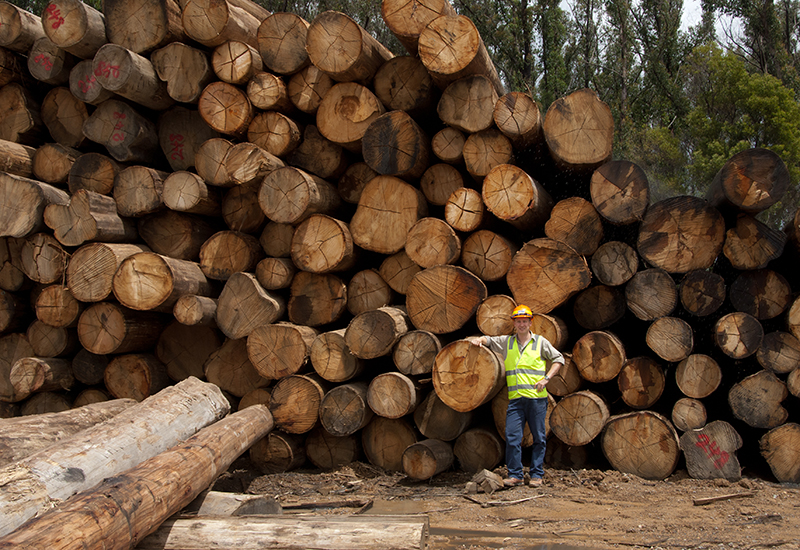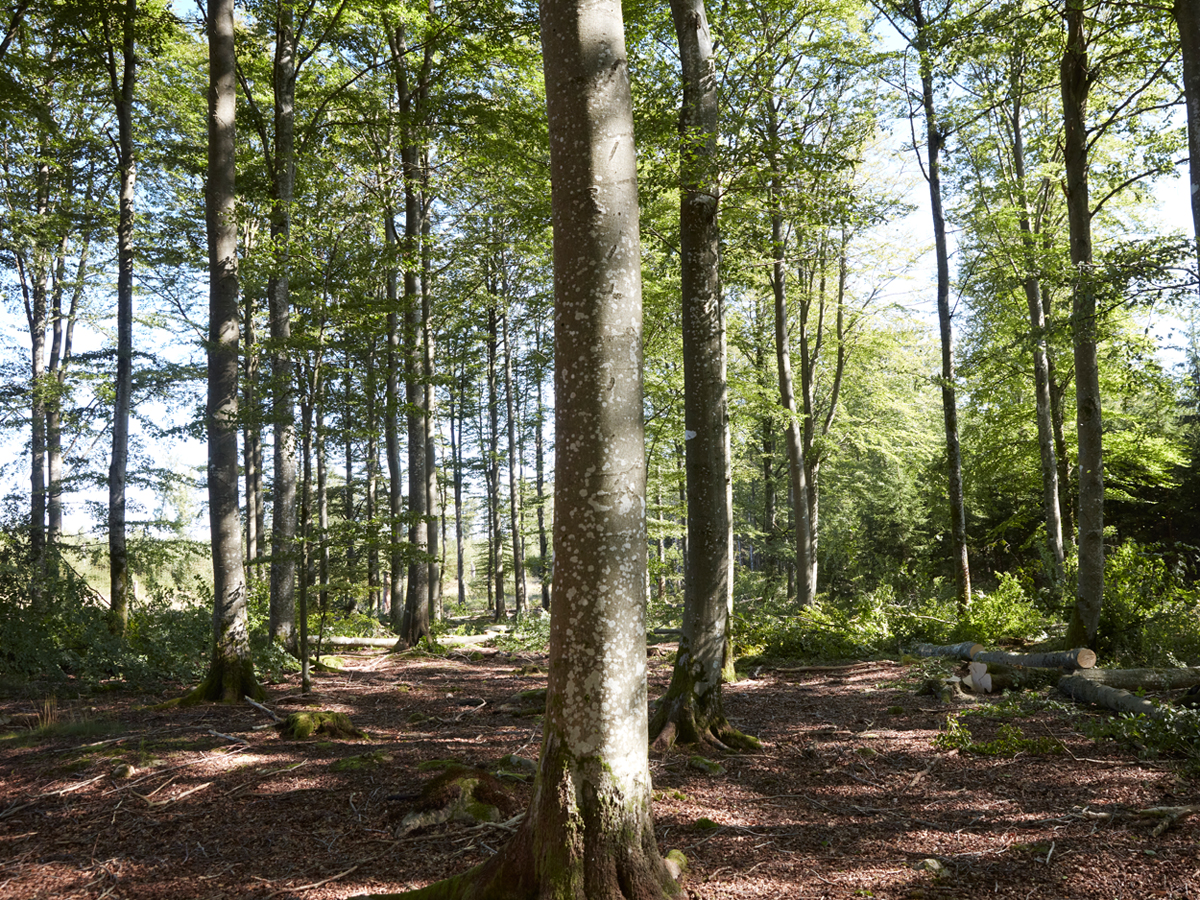Forests are essential to human existence on Earth. Ethical and sustainable timber harvesting is a tool used in forestry management to aid in the conservation of our planet’s forests, which serve an essential role in stabilising global temperatures and providing us with the oxygen we need to survive.

Almost 40% of all manmade carbon dioxide emissions are removed by forests. If we abandon sustainable forest management, we will increase global carbon output, leading to a buildup of dangerous greenhouse gases that will affect us all.
Years of reckless deforestation have had devastating effects on ecosystems all over the world.
Global warming is seen as a major threat to humanity within the next century by many governments around the world.
So, What Exactly Is A Carbon Footprint?

When it comes to greenhouse gases and their effect on the environment, carbon is the main offender.
Even our own activities contribute to the overall environmental carbon footprint. Inhalation results in the intake of oxygen and exhalation results in the emission of carbon dioxide. Like humans and other animals, trees share their breath. The tree takes in carbon dioxide and gives off oxygen.
When there’s more carbon dioxide in the air, global warming speeds up. The term “carbon footprint” describes the current method of calculating human impact on the planet’s eco-system.
READ MORE: Timber Cities to the Rescue: Reduce Carbon Emissions by a Whopping 100bn Tons!
An Increase In Felling Of Trees

Only about 5 billion new trees are planted for every 15 that are felled each year. Approximately 10 billion trees are lost annually as a result of this. Greenpeace, a conservation organization, reported in December 2014 that humans had cut down 75% of the world’s forests.
Because of this discrepancy, the concentration of carbon dioxide in the atmosphere is increasing while the amount of oxygen in the air is decreasing.

Wood is a carbon sink because it absorbs atmospheric carbon and stores it in its cellular structure and fibres. The process by which timber growth removes carbon from the atmosphere is called “sequestering.”
To grow 1 kilogramme of wood, a tree must take in 1.47 kilogrammes of carbon dioxide and release 1.07 kilogrammes of oxygen. Carbon that would have been released as a greenhouse gas is instead being used to create wood.
The Magic of Plantation Trees
Sustainable timber trees in a plantation are harvested at the optimal time, after they have stopped storing carbon at their maximum rate, thanks to careful forestry management. In their place, young trees sprout, mature, and begin the cycle all over again, this time storing more carbon dioxide in the atmosphere.
Unlike the traditional model, in which trees are removed from a forest and their carbon-storing capacity is lost forever, this method involves replacing the trees (known as deforestation).

We see it as a positive step toward a better future to responsibly harvest our trees, as forests absorb nearly 40% of the fossil-fuel emissions humans produce. We need to strike a balance between our need for oxygen, decreasing global warming, preserving natural habitats, minimising soil erosion and flooding, and making space for housing, which accounts for about 40% of our deforestation.
It can take ten to fifteen years for some trees to reach “maturity,” while others can take twenty to thirty.
They reach their peak rates of carbon assimilation and storage around this time. When wood is put to use, it prevents the carbon it once sequestered from decomposing and reentering the environment.
READ MORE: Calculating the Environmental Impact of Different Construction Materials
How Timber Compares to Other Materials

While 15 kilogrammes of carbon are released into the atmosphere during the production of 1 cubic metre (m3) of timber, 250 kilogrammes of carbon are stored in the wood itself. This means that every cubic metre of wood saves 235 kilogrammes of carbon from being released into the atmosphere.
Meanwhile, 5320 kilogrammes of carbon are released into the atmosphere from a single cubic metre of steel. The production of one cubic metre of concrete results in the emission of 900 kilogrammes of carbon. Cement production results in the emission of 22,000 kilogrammes of carbon per cubic metre.

To top it all off, unlike aluminium, timber doesn’t need to be replaced as often. If cared for properly, it can outlast aluminium by a significant margin. Refinishing also tends to be able to fix the degradation of a timber surface.
Wood that is eventually replaced is made from renewable resources. But aluminium isn’t. Despite its recyclability, a significant amount of carbon is released during the procedure.





GIPHY App Key not set. Please check settings